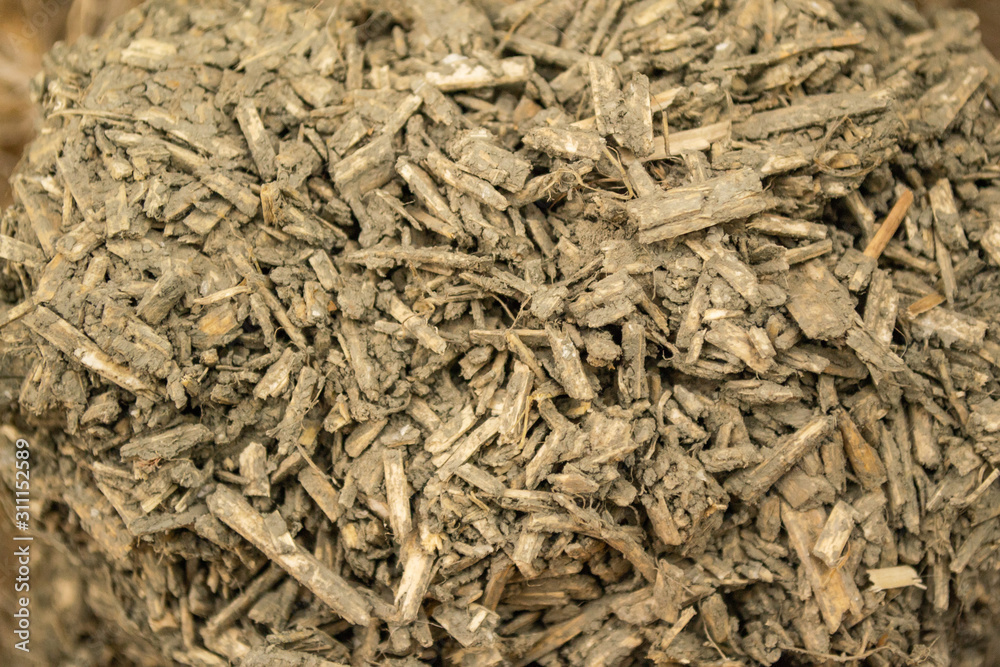
Dr. Marina Sofos, Program Director, and Dr. Kalena Stovall, Technical Consultant (SETA) for the Advanced Research Projects Agency-Energy (ARPA-E), visited the Center for Infrastructure Renewal to assess the progress of the Hempcrete 3D Printed Buildings for the Sustainability and Resilience project. The project is led by PI, Dr. Petros Sideris and Co-PIs; Dr. Maria Koliou, Dr. Zachary Grasley, Dr. Anand Puppala from the Zachry Department of Civil and Environmental Engineering, as well as Dr. Manish Dixit and Dr. Wei Yan from the Texas A&M College of Architecture.
The ARPA-E team were able to see firsthand the overall progress made by Dr. Petros Sideris and his team in developing 3D-printed hempcrete material and building designs and obtained a comprehensive view of the project. The 3D-printer was put on display in the CIR’s Structural and Materials Testing (High Bay) Lab where it will be used to print the hempcrete material to study its mechanical properties, durability and various structural designs for building applications.
After the meeting, TAMU researchers showcased several pieces of equipment within the CIR labs that aid in the research and experimentation for various durability and rheological parameters of the 3D-printed Hempcrete material, such as compression testing, freeze-thaw studies and shrinkage.

Hempcrete is a bio-composite made of the inner woody core of hemp plants mixed with a lime-based binder and has been studied as an alternative to present day concrete materials due to its low carbon footprint and use of non-toxic materials. The project is funded by a $3.74 million grant Texas A&M received in 2022 from the U.S. Department of Energy Advanced Research Projects Agency – Energy (ARPA-E) for the Harnessing Emissions into Structures Taking Inputs from the Atmosphere (HESTIA) program.
For more information regarding the CIR and research facilities, click here.



